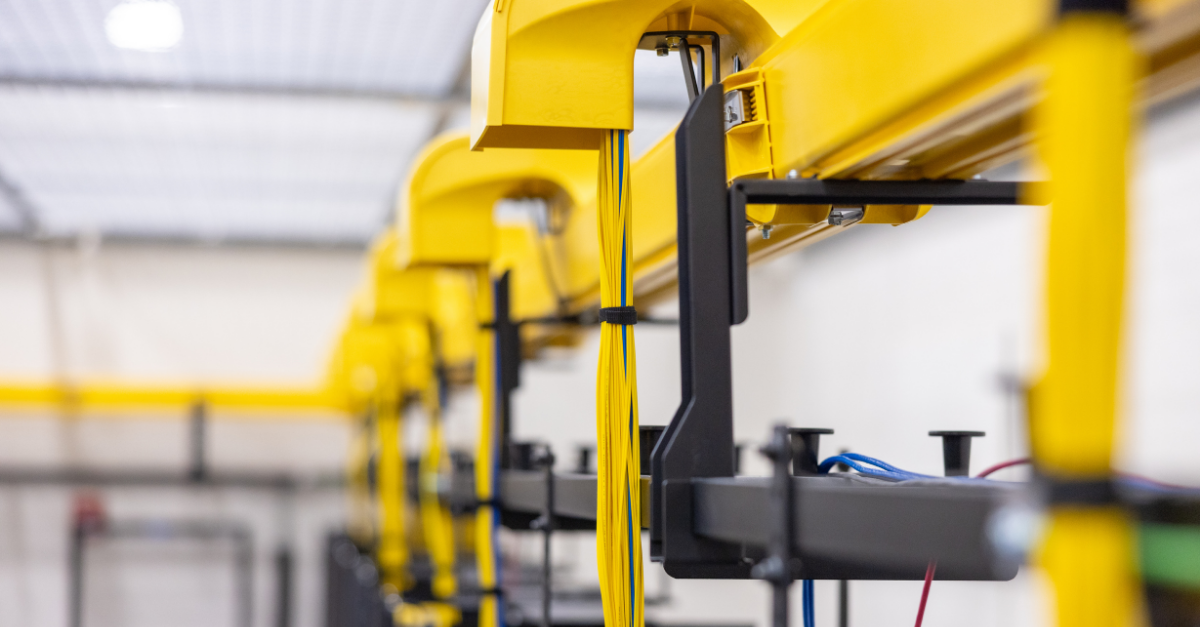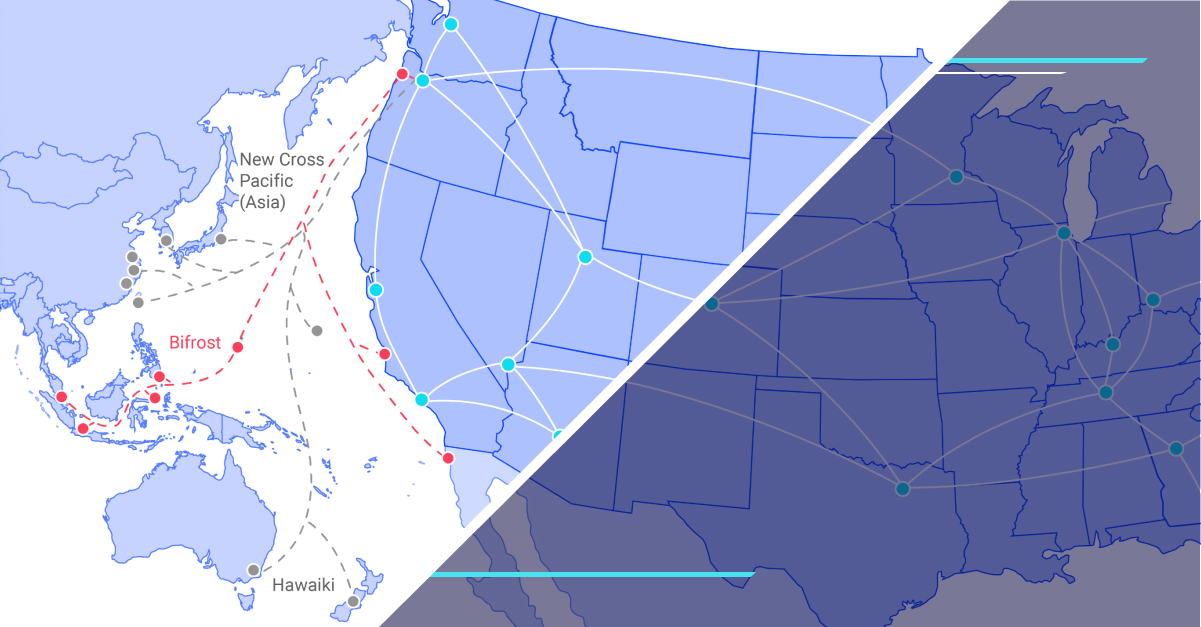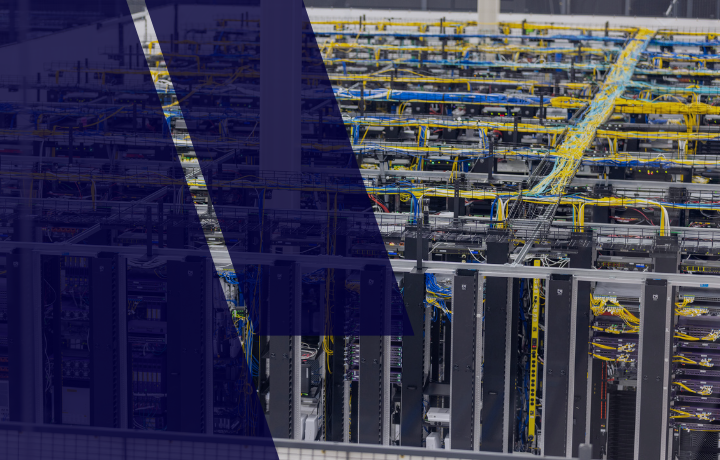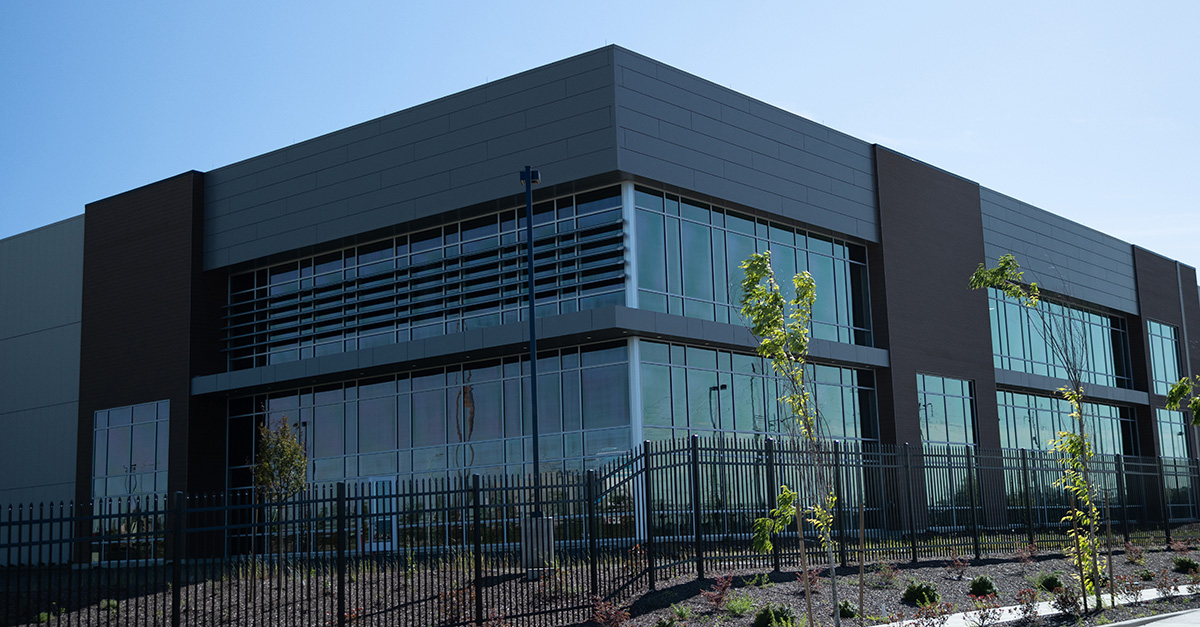The AI revolution: Harnessing change for business growth
Artificial Intelligence (AI) is dramatically transforming the digital landscape, reshaping how businesses operate and strategize for future growth. This rapid adoption, however, brings along a unique set of challenges, particularly in integrating AI into existing business infrastructure.

As the demand for data centers is predicted to double by 2050, businesses are grappling with securing the necessary power and raw materials and effectively deploying AI workloads. This blog explores the hurdles companies face in this integration process and suggests robust solutions to navigate this transformative journey.
Adapting business infrastructure for AI integration
AI is revolutionizing business operations and the infrastructure required to support these advanced technologies. A primary focus is the incorporation of large language models (LLMs), which are AI models adept at understanding and generating human-like text. These models are emerging as essential business tools, automating tasks, enhancing decision-making, and fostering innovation. Yet, integrating LLMs introduces new hurdles, especially concerning data center design and cooling technologies.
AI's influence on the supplier side is just as substantial. The surge in AI and GPU workloads is propelling a transformation in data center design, with an increased focus on high-density facilities that can accommodate these power-intensive technologies. This shift is also shaping deployment models as businesses turn more towards cloud and edge computing to cater to their infrastructure requirements.
Despite its benefits, the adoption of AI presents challenges. Security and privacy issues continue to be a primary concern for many businesses as AI technologies become more woven into their operations. The data explosion, propelled by IoT and 5G technologies, also introduces difficulties in storage and management. Additionally, the escalating power requirements of AI workloads are straining data center capacity and energy consumption.
Addressing power, cooling, and networking challenges in data centers
Data center power consumption presents a significant issue, particularly with the rise of AI and the shift from CPU to GPU chipsets. The question of whether power supply can meet escalating demand is multifaceted. The construction of new generation capabilities and distribution networks is a complex, lengthy process, underscoring the importance of long-term planning for businesses as they expand and diversify.
Cooling is another vital element in data center operations, gaining prominence with the surge in power demand and density. Liquid cooling solutions are emerging as a critical player, offering not only power savings but also enhanced operational efficiency. Still, adopting these solutions necessitates a revamp of the delivery model and a reassessment of planning strategies.
The networking challenge constitutes another substantial aspect of data center operations. With data volumes on the rise, a novel network architecture is needed both within the data center and beyond. This architecture should underpin secure, scalable, always-on network operations. Solutions like Flexential Fabric are stepping up, offering technology via a single scalable, secure port that's both web and API-enabled.
As we shift from training large language models to inference, the requirements evolve. Training calls for access to finite data sources and a tight-knit architecture, while inference is about reaching users and the edge. It demands increased data storage and a robust network for communicating with large language models and distributing information across various clusters.
In wrapping up, it's clear that the AI imperative is fundamentally transforming the business world, driving shifts in technology investments, corporate strategies, and infrastructure needs. As AI advances, businesses must remain proactive, comprehending the prospects and issues this technology brings. This will enable them to leverage the power of AI for growth and innovation and gain a competitive edge.
Looking toward the future, data centers will require premeditated planning, guaranteed efficiency, and a readiness to embrace new technologies. Be it power consumption, cooling solutions, or network architecture, businesses need to remain ahead by anticipating the increasing demand for data centers. With solutions like Flexential Fabric and Flexential high-density colocation, companies can confidently prepare themselves for the future of data center operations.
Want to learn more about how the accelerating pace of AI innovation is reshaping the business, technology, and data center infrastructure landscape? Watch our latest webinar with Jason Carolan, Chief Innovation Officer at Flexential, as he hosts an essential dialogue on the immediate impact of the AI revolution, including the surge in demand for high-performance computing, the critical role of GPUs, and the implications for data center cooling and energy efficiency. Watch on-demand!





